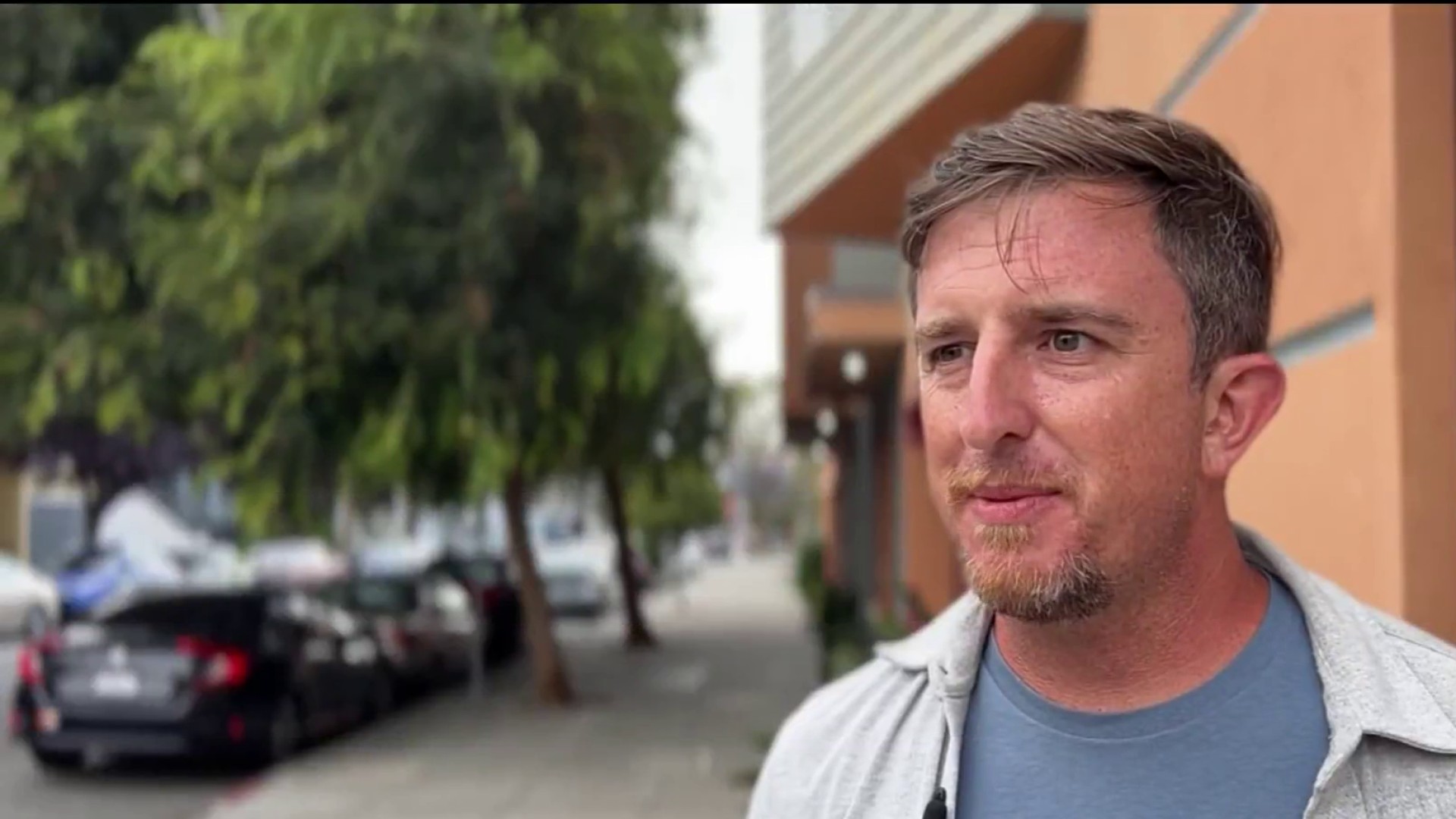Martin Stagi spent 16 years walking the yard at San Quentin and other prisons.
The three-striker was found in possession of drugs for sale, and was sentenced in 1997 to 25 years to life for the third strike.
“After a certain amount of time, I just accepted it. Started living my life in there. Didn’t think I was going to get out,” Stagi said.
Then, voters overwhelmingly passed Proposition 36, ordering prisoners whose third strike was a non-violent crime released from prison to ease overcrowding.
In all 63 three strikers have gotten their sentences reduced, or been released from prison because of Prop 36.
Stagi was told he’d get his freedom in three days.
“I didn’t know what to do. Started making phone calls, see who’s going to pick me up,” he said.
Stagi became Santa Clara County’s first prisoner to be released via Prop 36.
Local
But his eight months of freedom haven’t been easy.
“It's been a rough transition. Back to society has had its challenges,” Stagi said.
For one, Stagi said there are no parole or probation officers making sure he stays clean and out of trouble.
“They came from an environment that’s very violent. It’s always structured. Do what you’re told to do, to freedom, and they don’t know what to do with that,” said Jose Garcia, Stagi’s peer support counselor, who is trying to keep him on the straight and narrow.
Garcia took Stagi to the Center for Training and Careers in San Jose, where Stagi learned a trade.
Stagi will now take classes next month at San Jose City College, in hopes of becoming an electrician.
“They’ve all done a very good job for me over here,” Stagi said.
Now, Stagi and Garcia worry about the other three-strikers who have no one to guide them, ex-cons who might slip into homelessness or back to prison.
“We don’t want them to go back. We want them to do well,” said Lorena Madrid, who runs the county’s Re-Entry Center.
The Re-Entry Center is a one-stop shop for former inmates of another program, the governor’s Realignment Program.
The center was designed to give former inmates the tools they need to stay out, like housing vouchers and job referrals.
But Madrid admits the Re-Entry Center wasn’t designed to help three-strikers, who don’t get the housing vouchers.
“There may not be things we have, so how do we partner and build relationships to leverage as many resources as we can,” Madrid said.
Stagi hopes the state and the counties come up with a solution soon, he says, before ex-cons have no choice but to strike out again.



